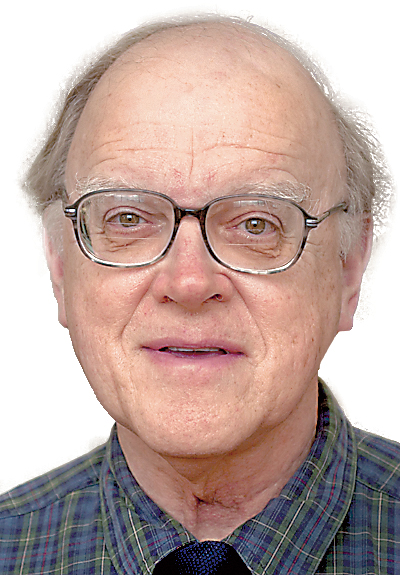Prices for prescription medications continue their relentless rise. Nitrofurantoin (NTF), a frequently prescribed drug for lower urinary tract infection, is the latest example.
Developed in 1953, NTF has been a mainstay in the treatment of bladder infections. In September, Nostrum Labs of Kansas City, Missouri, raised the price of a bottle of liquid NTF from $500 to $2,300 per bottle. CEO Nirmal Mulye explained to the Financial Times, "I think it is a moral requirement to make money when you can, to sell the product for the highest price." This is a bizarre twist on the meaning of "moral."
Despite administration promises in May 2018 that drug manufacturers would soon make substantial, voluntary reductions in price, price increases have far exceeded reductions. The Associated Press reported in September that in the first seven months of this year, 96 increases in drug prices occurred for every reduction.
Steep increases in recent years in the price of essential drugs have been well publicized.
The price of naloxone, a life-saving, opioid antagonist, rose from less than $1 in 2006 to $21 to $35/dose in 2018. A two-pack of auto-injector Naloxone exceeds $3,700. This form of the drug is vital when treating a person with a severe opioid overdose and is standard equipment for most first-responders.
Epi-Pen, an injectable dose of epinephrine, is a vital treatment for severe, acute allergic reactions. A two-injection pack cost $100 in 2009, rising to $600 in 2016. Prices vary from $150 to $375 today, depending upon provider.
The king of drug-company profiteers remains Martin Shkreli, founder and CEO of Turing Pharmaceuticals, who raised the price of the generic drug pyrimethamine from $13.50 to $750 per pill in 2015. The company had acquired the rights to make the drug, which had been marketed since 1953. The drug is an essential component of therapy for individuals with HIV/AIDs. His action was widely condemned. The price of the drug remains unchanged three years later. Overseas, the drug may cost as little as 10 cents a dose.
Price increases involve both generic and name-brand drugs. Doxycycline, a well-established generic, cost a few cents per 100-milligram tablet in 2014. Depending upon supplier, the price ranges up to $5 per tablet today.
Drug manufacturers argue that any attempts to regulate costs of their products will limit research and development of new therapies.
The pharmaceutical, medical device, and other health product manufacturers spent more than $150 million and deployed more than 1,300 lobbyists to influence Congress in the past year. The Pharmaceutical Research and Manufacturers of America spent more than $15.7 million for lobbying, followed by individual companies which spent up to six million dollars each.
Contributions by the pharmaceutical industry to the campaigns of U.S. Senate and House incumbents exceeded $18.5 million for 2017-18. For the 20 campaigns of incumbent senators who received the most money, contributions ranged from $95,000 to $470,000. For the 20 incumbent House campaigns that received the most money, contributions ranged from $137,000 to $414,000. Detailed information may be accessed at www.opensecrets.org.
Is there any wonder that Congressional response to rising drug prices is tepid?
How can we address runaway drug costs?
» Insist that our legislators, at national and state levels, publicize the names of companies and trade associations that contribute to their campaigns. Candidates for those offices should make the same disclosures.
» Highlight personal drug costs in communications with legislators.
» Support candidates who present detailed proposals for reining in drug costs.
» Prohibit investment by legislators and public officials in drug company and medical-device stocks.
» Debate state and national regulation of drug prices since voluntary restraints seem ineffectual.
This is a complex but solvable problem.
Clif Cleaveland, M.D., is a retired internist and former president of the American College of Physicians. Email him at ccleaveland@timesfreepress.com.

